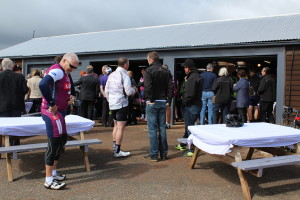
Context
There was nothing but chaos when I got to Bridestowe Estate on Sunday, March 29, 2015. Each year, cycling-loving politicians in Australia join together for a four day ride called Pollie Pedal that raises funds for various charities. Sunday was day three of the event and Bridestowe Estate was hosting a refreshment stop for the intrepid cyclists with apple juice (late March being the fall harvest season in Tasmania), various fruits and sweets, and lots of milling around by cyclists in lycra, their families and friends.
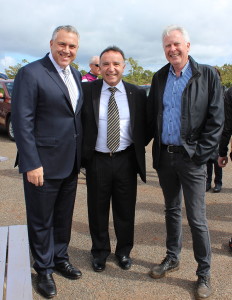
This year it raised $500,000 for Carers Australia. But, that was only part of the reason for people wandering all over the place with cameras and microphones. There were TV reporters clamoring to have the Australian Federal Treasurer, Joe Hockey, respond to their inquiries, as he filled in at the Pollie Pedal stop at Bridestowe Lavender Estate for Prime Minister Tony Abbot who was called away to a state funeral.
To add to that chaos, there was a film crew, that had been making Bobbie the Bear videos to be released in the Chinese market and is now on YouTube. The purple, lavender stuffed toy has become an iconic symbol of lavender in Australia. There are a number of versions of stuffed purple bears, some are koalas. But there is only one Bobbie Bear and that bear has become a sales sensation forcing the Ravens to limit sales to one per customer. This is an endearing video, enjoy it!
Almost a Century
It is rare to encounter a lavender farm in Australia (or the USA) that has been in existence for almost 100 years. On Tasmania there is such a farm: Bridestowe Lavender Estate in Nabowla. On the farm there are about 110 acres of lavender planted in sweeping rows that follow the contour of the hillsides. There is a central area that houses the farm’s machinery sheds, the distilling shed, storage container units, a manager’s house, and a couple of large buildings to serve tourist needs which include a gift shop and cafe. The current owners bought the property in 2007 and have invested heavily into improving the quality and safety of the infrastructure. While the scale is much larger, the experience they’ve had in terms of the inevitable surprise at how much work and money it takes to create and maintain a highly productive lavender site is a familiar story to all of us who grow lavender.
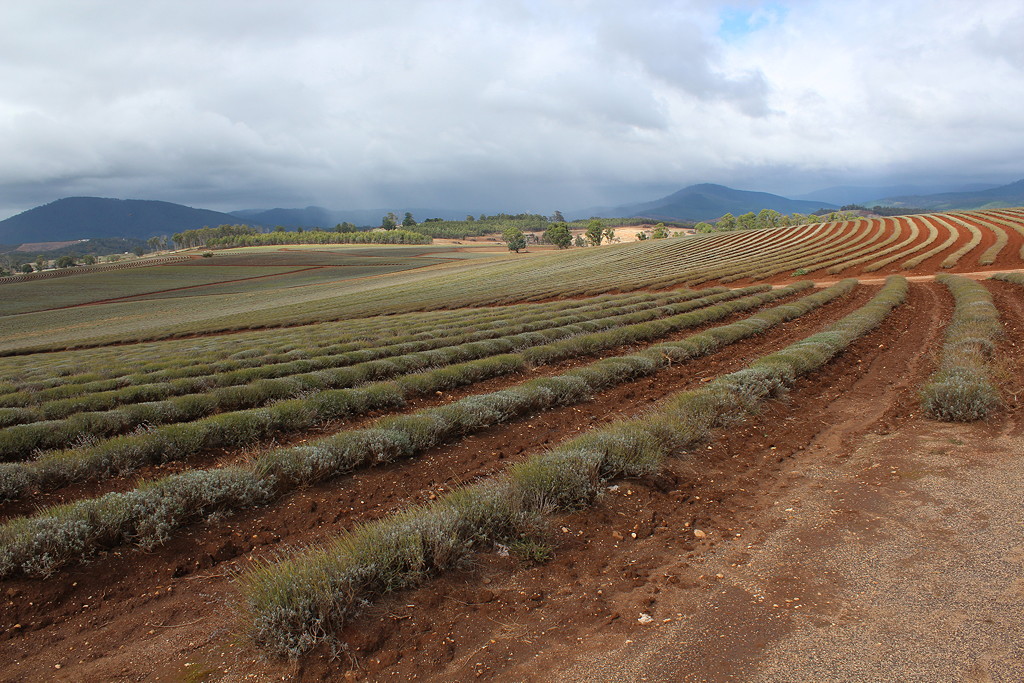
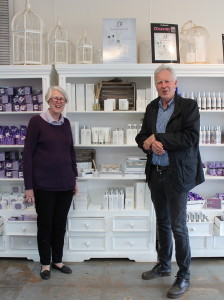
I first met Robert and Jennifer Ravens in 2009 at a lavender conference in Cambridge, England that had been organized by Tim Upson and Susyn Andrews (after the publication of their text book The Genus Lavendula). That was two years after the Ravens had taken possession of the Bridestowe Lavender Estate. It turns out, that lavender conference was a unique opportunity for farmers and researchers to interact and share knowledge and questions. (The program description of the Lavender Conference 2009-3)
In 1921 C.K. Denny came, with his wife and a bag of Lavendula Angustifolia seeds he had gathered, and settled in Lilydale, not far from the present site of the farm. He named the farm “Bridestowe” which means St. Bridget’s place. He, and later his son Tim (who had gone to school to become a chemist in order to work in the family business), spent many years and dollars refining the cultivars so they would produce a highly consistent and fine lavender essential oil. By 1933 it was a major tourist destination in Tasmania.
In 1940 the Minister for Agriculture contemplated a price fixing scheme for lavender oil much the same as had been done for copper. This effort doesn’t appear to have gotten very far, but mention of the high quality of the oil that Mr. Denny had developed shows the results of the efforts to that time.
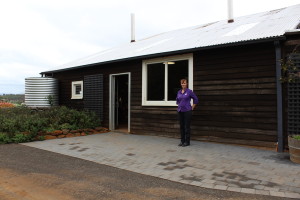
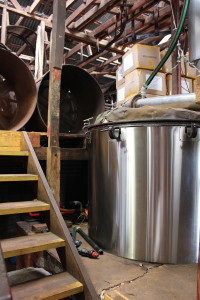
Up to Current Time
When the Ravens bought the estate, it had been suffering quite a few years of neglect, although there were staff working on the farm.
One staff member, Anna, has been working there since she was quite young well before the Ravens became owners, she is now in charge of the distilling and manages much of the production of products.. The farm has considerable investment in machinery, some of the harvesting machines had been designed by the Denny’s and are still viable today.
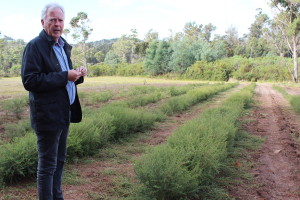
Not content to sit still, Robert is investigating an ancillary crop in which he would distill the essential oil from Kunzea ambigua or tick bush. It has a very different scent, hard to describe, and would be harvested both before and after lavender harvest. The oil has a number of therapeutic qualities, and should prove to be interesting in the years to come.
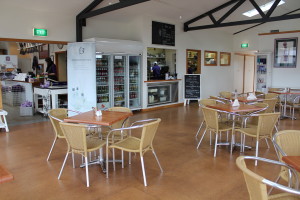
The Gift Shop and Cafe are active places visited by hundreds of tourists from all over the world. Getting to the farm is a pilgrimage via long country roads northeast of Launceston. The staff at the cafe serve a nice lunch that is nicely rounded out with lavender ice cream, or another sweet depending on your taste.
The Ravens have worked hard and put a lot of time and money into the estate. Their innovation shows, and even though they are fairly new to the lavender industry, they have embraced it with gusto and are strong lavender ambassadors during their frequent world travels. Meanwhile, the Bridestowe Lavender Estate welcomes visitors year around, and is, simply put, awesome.
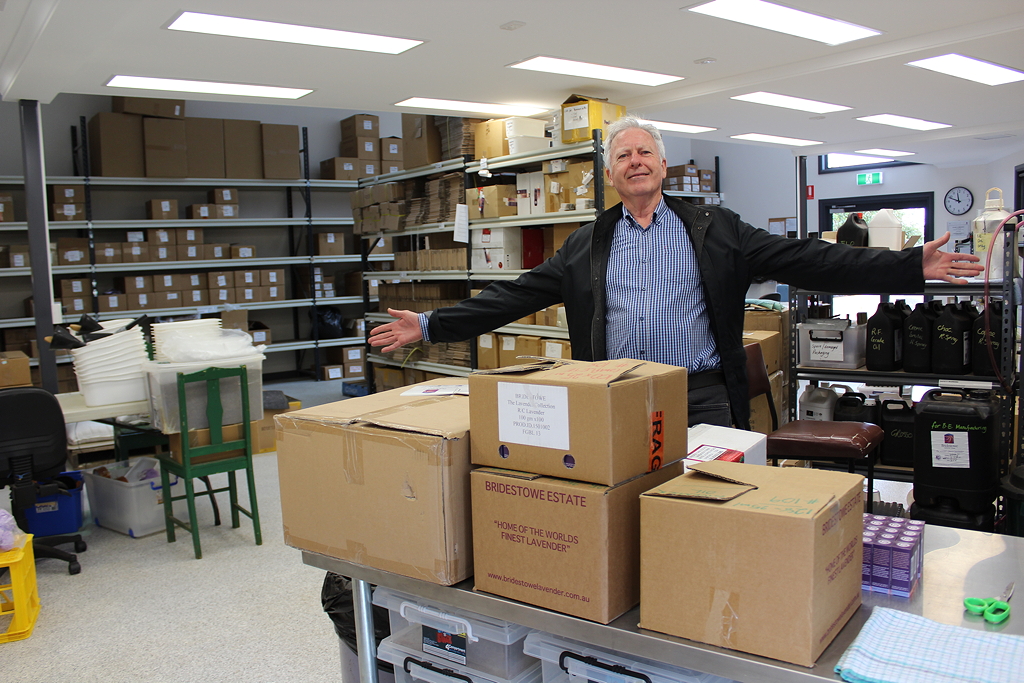
You paint a wonderful picture which makes me that much more anxious to get there in 2016 whne we visit New Zealand. We were shooting for mid January to get out of the winter weather but I hope that is not too late to see it either pre or during harvest. Thanks Sarah